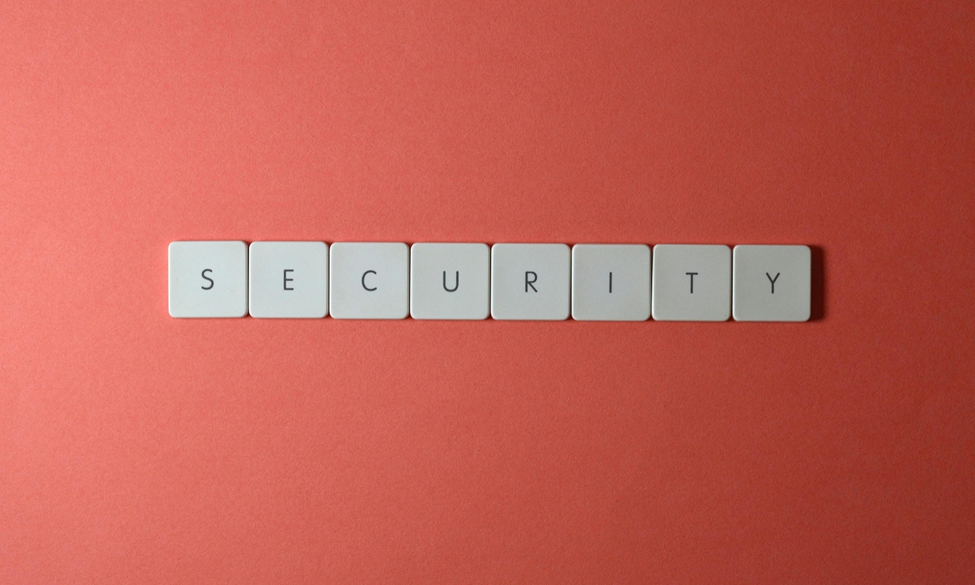Protecting Your Personal Information Online: Simple Steps That Make a Big Difference
- Canary Cyber Solutions
- Aug 19
- 3 min read
Updated: Sep 3
When I talk to small and medium-sized business owners about cybersecurity, one of the first things we cover is personal information. Why? Because your personal details—whether it’s your name, email, credit card number, or even your shopping habits—are valuable to cybercriminals. And it’s not just about protecting yourself. If you’re not careful with your personal information, it can spill over into your business life too.
The good news is, you don’t need to be a cybersecurity expert to take control. A few smart habits can go a long way toward keeping your data safe.
Why Protecting Personal Information Matters
Think of your personal information as the keys to your digital life.

With just a few details, attackers can:
Open fake accounts in your name
Drain bank accounts or rack up charges on your credit card
Break into your email or business systems
Sell your data to other criminals
For businesses, one compromised employee account can lead to much bigger problems—like unauthorized access to client data or financial systems. That’s why building safe online habits at home helps protect your business, too.
Practical Ways to Safeguard Your Information
1. Be Smart About Passwords
Passwords are often the first line of defense. Make sure they’re strong, unique, and not reused across accounts. A password manager can help keep them organized and generate new ones for you. And whenever possible, turn on multi-factor authentication (MFA) for extra protection.
2. Share Less on Social Media
It’s easy to forget how much information we reveal without thinking—birthdays, pets’ names, favorite places. Unfortunately, these are the exact clues hackers use to guess security questions or passwords. A good rule of thumb: enjoy sharing, but keep private details off public profiles.
3. Watch Out for Phishing Attempts
Phishing emails, texts, and now even QR code scams (called quishing) are designed to trick you into giving away your info. Always double-check before clicking links or entering login details. If something feels suspicious, verify it through another channel.
4. Secure Your Devices and Connections
Lock your phone and laptop with strong passcodes. Keep them updated with the latest security patches. And avoid logging into sensitive accounts when using public Wi-Fi. If you need to, use a VPN or your phone’s hotspot instead.
5. Limit What You Store Online
Does your browser auto-fill credit card numbers? Do you keep tax forms in your email? While it’s convenient, it also increases risk. Store sensitive documents in secure, encrypted locations and clear out old data you no longer need.
The Role of Training and Policies
Here’s the part many businesses overlook: protecting personal information isn’t just about the tools—it’s about habits. That’s why regular cybersecurity training is so important.

Teaching your team how to spot suspicious activity, protect their own data, and follow safe practices reduces risk across the board.
On top of that, create and enforce clear policies. For example:
Require MFA for all company accounts.
Ban the use of personal email for business data.
Include safe social media and browsing guidelines.
Provide steps for reporting a suspected phishing attempt.
When personal information protection is written into policy, it’s no longer optional—it becomes part of your company culture.
Final Thoughts
Protecting personal information online isn’t about locking everything down or living in fear. It’s about being intentional. With a few smart steps—strong passwords, cautious sharing, device security, and good training—you can make it much harder for cybercriminals to misuse your data.
At the end of the day, protecting personal information protects your business, too. Start with the basics, make them part of your routine, and you’ll be ahead of the curve.



Comments